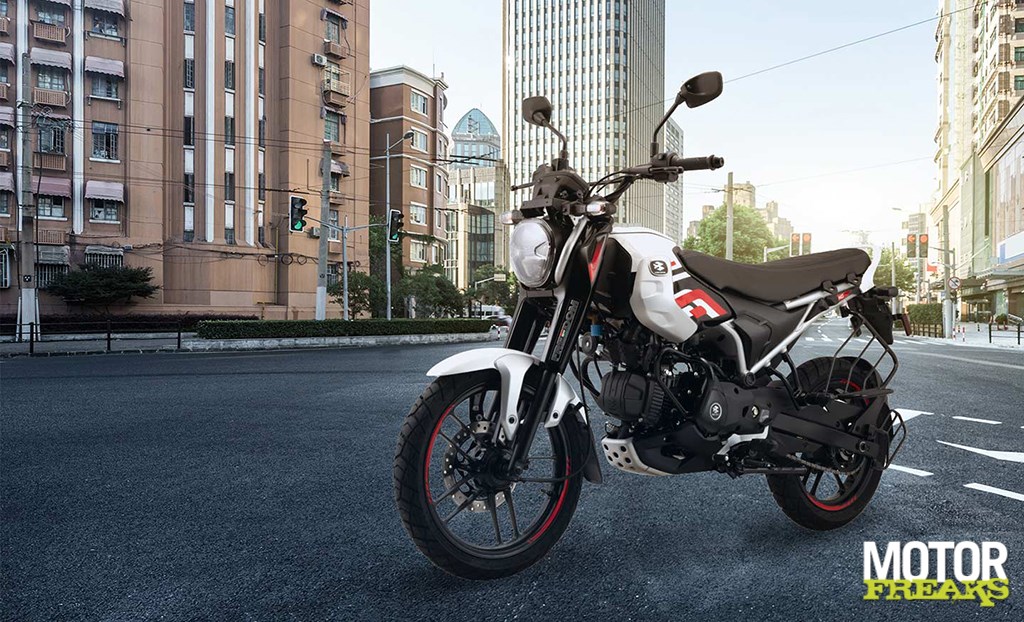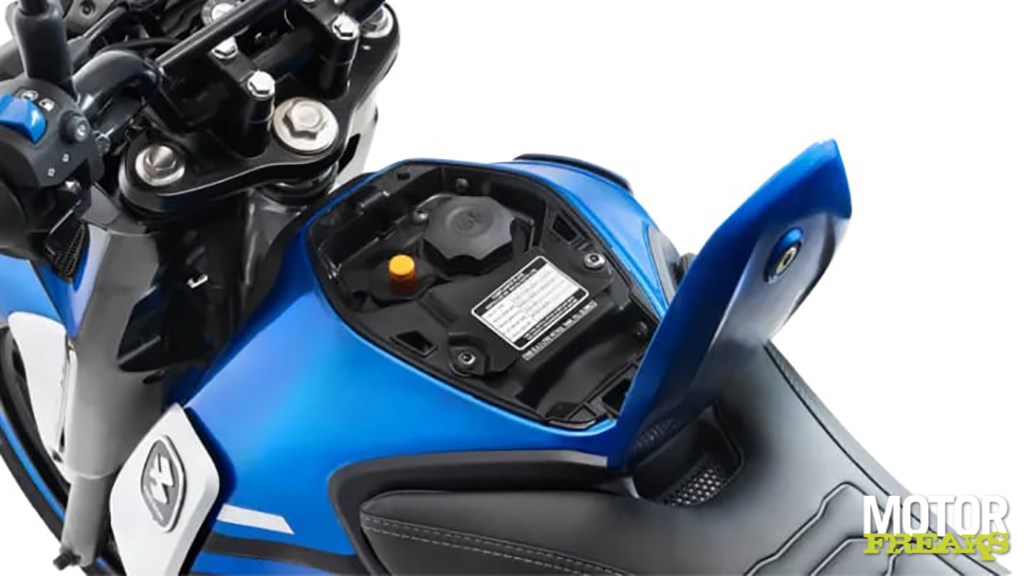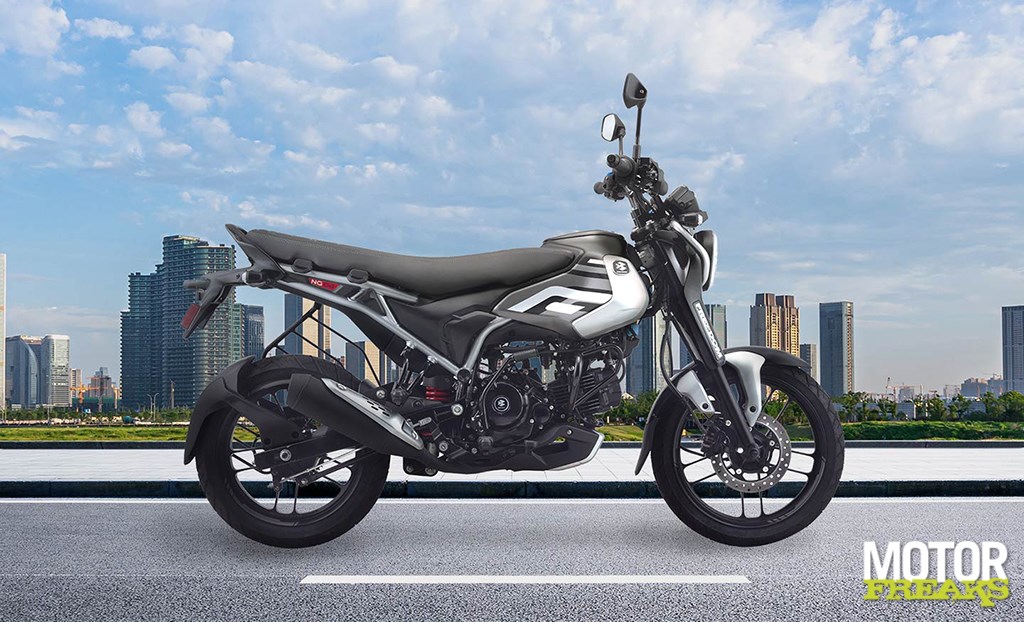Bajaj has launched the world’s first production motorcycle powered by Compressed Natural Gas (CNG) in India, the Bajaj Freedom 125. The Indian motorcycle giant promises a significant reduction in running costs and emissions compared to petrol-fuelled motorcycles of similar displacement.

As Dutch people, we may not have any experience with CNG, but we have had LPG since the 1970s, which, like CNG, is a gas that is liquefied under high pressure. The big difference between LPG and CNG is in the raw material: LPG mainly uses propane, while CNG mainly uses methane.
Methane can be extracted as a fossil fuel from the ground or as biogas from waste. Even when burned as a fossil fuel, it produces much less CO2 than gasoline. The combustion process alone produces about a quarter less CO2, in addition to a huge reduction in unburned hydrocarbons and NOx emissions. Bio-CNG is even greener, resulting in a total CO2 footprint that is about 85 percent lower than that of conventional liquid fossil fuels.
Now, in India, CNG is already widely used for trucks and Bajaj already offers CNG-powered versions of its range of three-wheeled auto-rickshaws. As one of the world’s largest engine manufacturers, the next logical step was to apply the same technology to two wheels.

While CNG can be used by conventional petrol combustion engines with a few modifications, Bajaj has designed the Freedom 125 from scratch to be CNG-powered. The engine wasn’t the hardest part. While it is specifically made to run on CNG, it also has an additional petrol tank to ensure that riders aren’t stranded in areas where CNG isn’t widely available. Creating a bike with two separate fuel systems – one based on a gas tank – required rethinking the chassis and mechanical layout.
The 12-liter CNG cylinder contains 1.8 kilograms of CNG when filled to a pressure of about 200 bar, enough for a range of about 200 kilometers before the gas tank is empty. It is roughly the size and shape of a diving tank, sits lengthwise in the frame and runs from just behind the steering head all the way under the rider’s seat.
The small 2-litre petrol tank adds another 125km of range and sits at the front right of the CNG cylinder, while the engine airbox is formed around it at the front left, giving it the shape of a conventional petrol tank. The engine is mounted at an angle with its single cylinder almost horizontal to make room for the CNG tank above. The result is a compact machine with a wheelbase of 1,340mm but a slightly higher than average seat height of 825mm. At 149kg it is only marginally heavier than its petrol equivalent.
Since riders are understandably wary of wrapping their legs around a cylinder filled with 200 bar of combustible gas, Bajaj has gone to great lengths to protect the CNG tank. The bike’s frame is a steel truss tube design, which forms a strong cage around the cylinder, and the company subjected the bike to a barrage of crash tests, including frontal and side impacts as well as drop tests, even running over a prototype with a 10-tonne truck, to ensure that the CNG tank did not rupture and the throttle valve remained firmly attached.
The Freedom 125, which has a peak power of 9.5 hp, is slightly more expensive to buy than a comparable petrol engine, but according to Bajaj it is a whopping 50% cheaper in running costs, thanks to the lower price of CNG. The Freedom 125 starts in India at €1,040 for the drum brake version, €1,206 for the disc brake version. For example, the Bajaj CT125X with petrol engine costs €846 in India.


– Thanks for information from Motorfreaks.